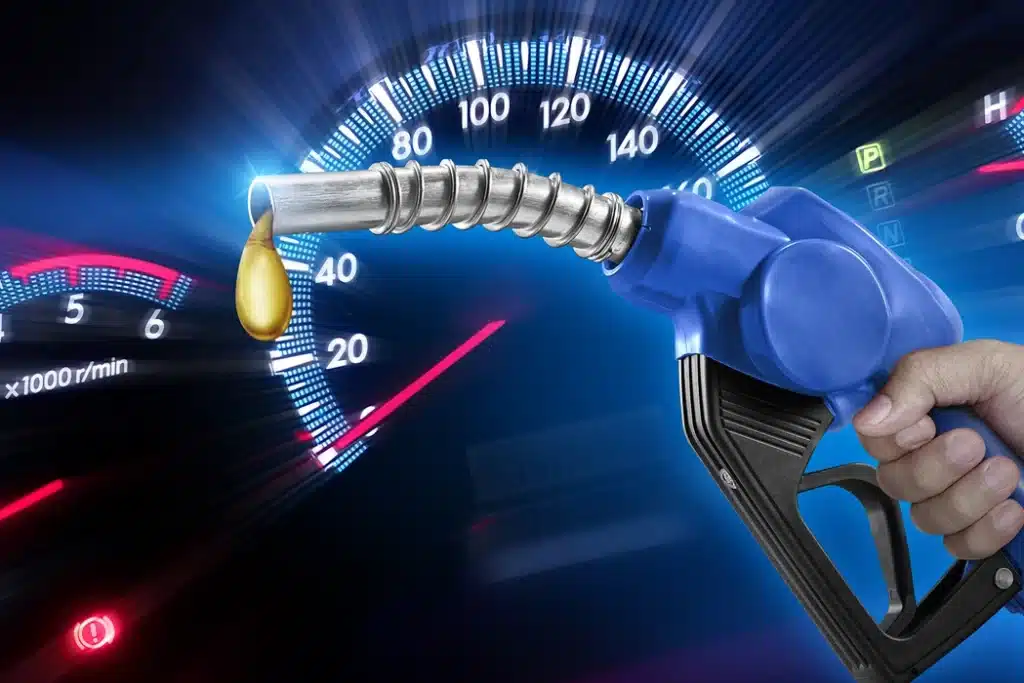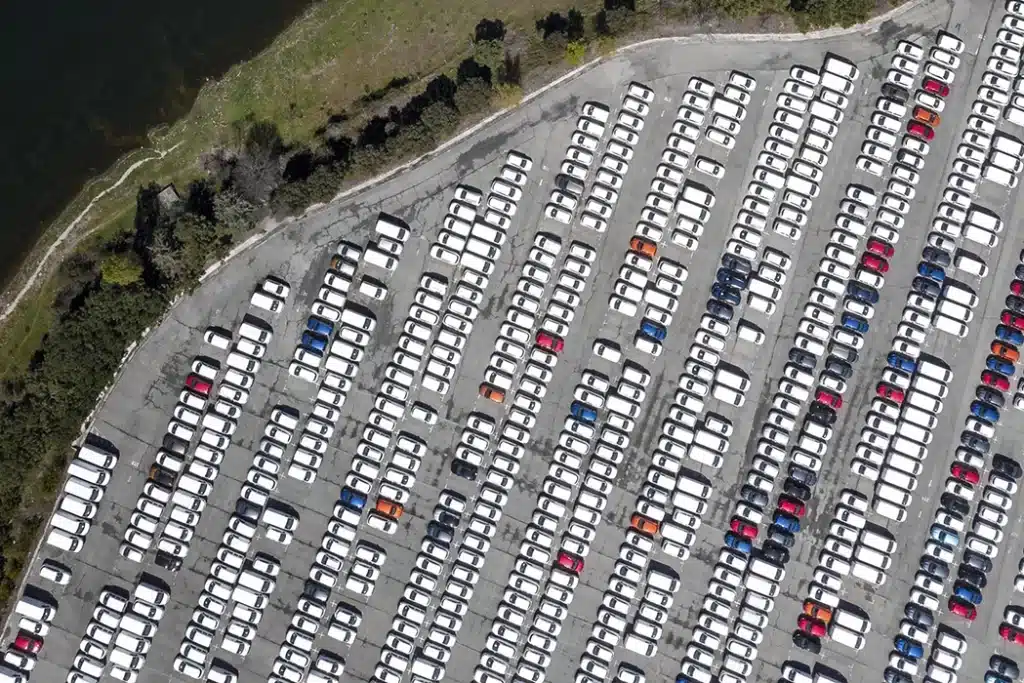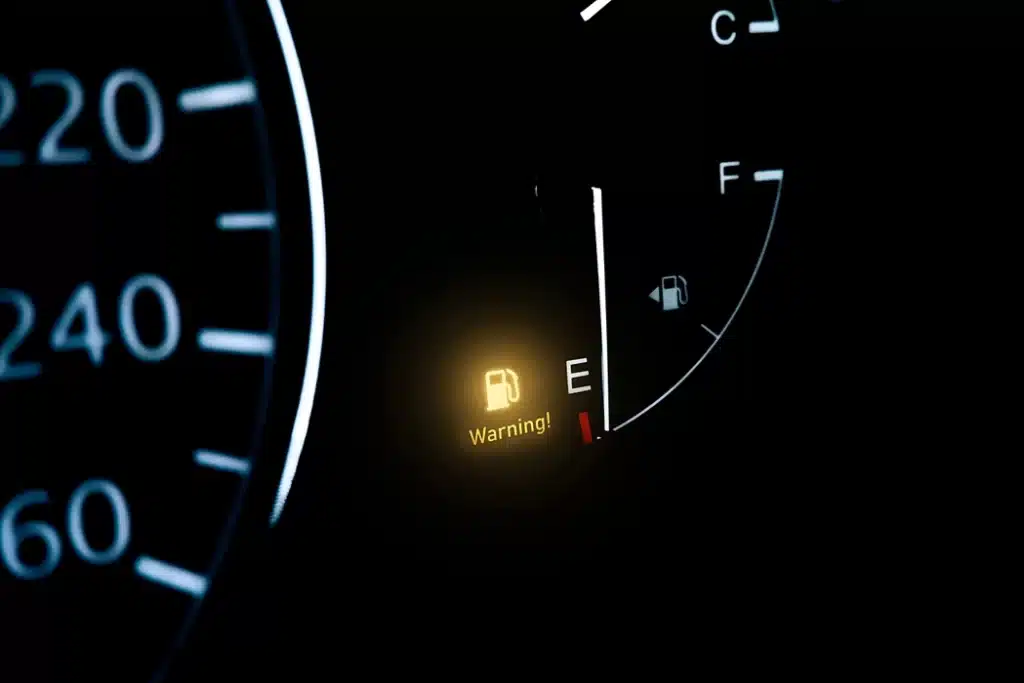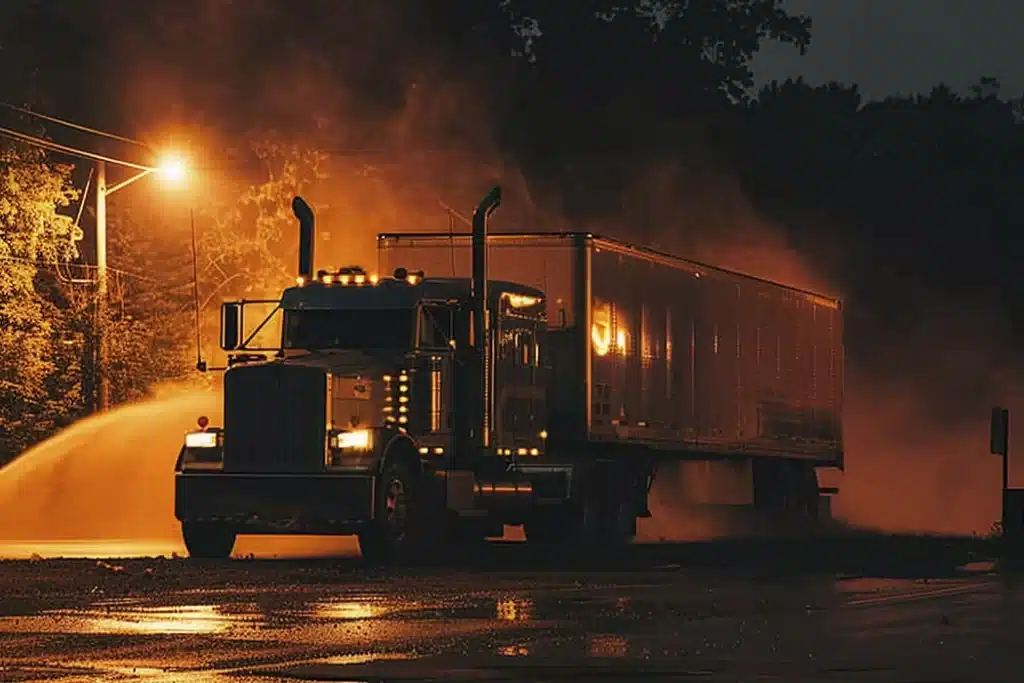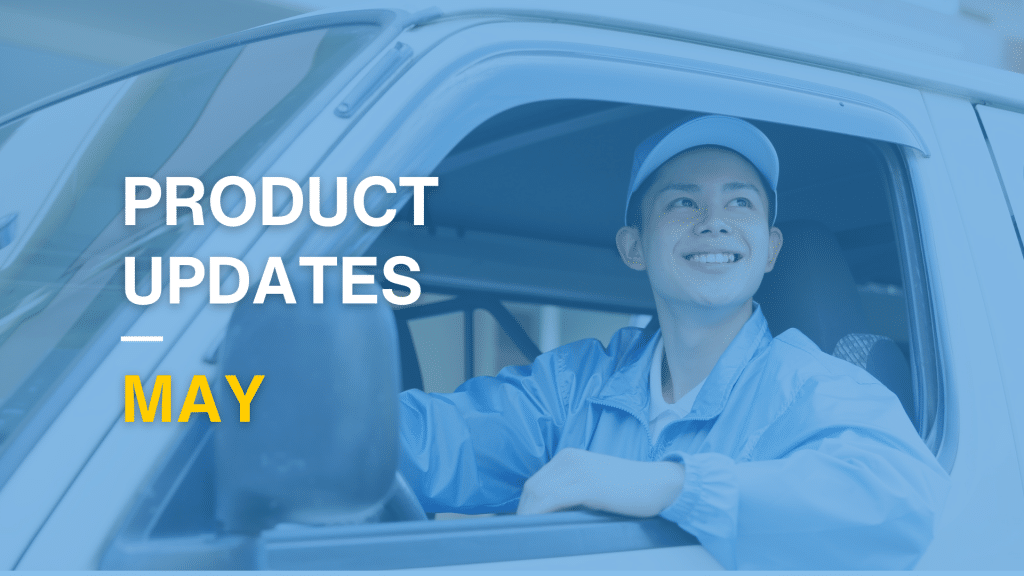Transportation is the bloodline of a city. It is one of the fundamental elements that shape our communities and power social and economic development. In North America, we all enjoy the freedom and conveniences of driving in a car to go to our destinations. However, as we observed an increasing level of congestion, carbon emissions and adverse community impacts caused by the rising number of cars on the road, we realized that we need to adjust our travelling behaviours.
As we look for alternative options to driving, where many people eventually land on is public transportation. Unfortunately, public transit never earns a good reputation in North America, claimed by many as unreliable, slow and time-consuming. Especially with the ongoing pandemic, people are less confident of travelling on public transit due to the challenges of maintaining proper physical distance on buses, trains as well as other public transit vehicles. But if we look at other countries and cities around the world, especially major metropolitans in Europe and Asia, public transit is great, with many local residents preferring it over driving. So, what caused the huge discrepancy between public transit systems in different cities and continents? What can municipalities and public transit agencies do to make public transit an attractive mode of transportation?
There are many historical reasons that contribute to the dominance of car culture and the failing public transportation system in North America. The North American countries are centred around the idea of personal freedom, where car ownership is a clear representation of this concept. With a car, you can go anywhere at any time, so in the political world, cars are often associated with the idea of personal freedom. That’s why our government keeps on promoting the idea of car ownership and investments for funding car-related infrastructures, such as roads and highways. The government also provides subsidies to the automobile industry to indirectly lower gas prices, which encourages more people to own a car. However, as the metropolitans and urban areas rapidly expand and the populations are booming, our city cannot support the entire population driving. The congestion has a detrimental effect on our communities, with increased carbon emissions, noise pollution, physical health impacts and mental health consequences. In our cities, there is simply no more room left for building and widening roads, but there is room to fit more public transit.
Why Are Transit Systems Important?
Public transit is the solution to many current social challenges. With one large articulated bus that can carry 130 to 150 persons, replacing 80 to 100 cars on the roads, public transit is the most economically efficient and smartest way of transporting people within the urban area, incurring minimal impacts on our environment and community health. The expansions of the public transit network also bring back valuable land spaces that initially was devoted to parking. The huge amount of parking space taken by cars not only reduces the neighbourhood’s walkability but also contributes to urban sprawl, which is defined as an unrestricted growth of developments over a large set of land with little or no concerns of planning. By minimizing parking spaces in the urban core, we can discover new commercial and business opportunities and bring in mixed-use developments that support walkable communities and vision zero city initiatives.
The quality of public transit is another major constraint that significantly impedes many car owners from switching to public transit. Imagine the frustration that many people experienced when waiting for a bus for an extended period during cold weather; this is undoubtedly a terrible experience that will drive away transit riders. We believe there are six components that contribute to an excellent public transit system: a system with an expansive network, informative public communications, frequent and fast service, safe and comfortable riding experience, accessible amenities and interesting travel experience is what the public will love and enjoy using.
However, some of these goals, such as frequent and fast service, will be hard to achieve and implement in the real-world due to resource constraints or unpredictable factors such as traffic and passenger volumes. But all these things won’t be that hard anymore with the help of some technologies. Commercial telematics, the supporting pillar of the intelligent transportation systems, is the ground-breaking technology that can make a difference in improving service reliability and enhancing rider experience. It can fundamentally transform transit vehicles’ operators, fleet dispatcher and route supervisors’ workflows by offering them an unmatched level of clarity and insights into daily operations. The following sections will outline how telematics hardware and software work seamlessly together to deliver the ultimate experience for both transit agencies and customers.
Our real-time bus tracking and fleet management solution is an all-around package focusing on providing excellent customer care, optimizing dispatching and improving response time to unexpected events or service disruptions.
Intelligent Camera, Smart Vision
Our smart camera technology is tailored specifically for transit vehicles in providing footage of what happened during an unexpected event or accident. The in-vehicle road-facing and driver-facing cameras help capture road views and driver views, allowing fleet managers to see the event from all angles with no blind spot. The external, event-triggered camera can capture videos of all events such as passenger boarding and alighting activities and transmit all footage to the vehicle operators end and cloud database for fleet managers to review. It’s a security feature that protects passenger’s safety as it allows operators to check the surrounding environment and nearby traffic to determine whether it is safe to open or close the door.
We believe that expandability and the ability of customization is key to every product we create. That’s why you can connect multiple external cameras, up to four, to create the ultimate high-resolution streaming setup that fits your core needs. These cameras could save transit agencies and passengers big-time when it comes to liability disputes if an accident happened. The recording capabilities allow operators or fleet managers to review the footage and determine who is at fault during an accident and protect agencies and customers from suffering malicious claims. The tamper-proof in-vehicle driver-facing camera is another addition in enhancing the safety of the operations. It can detect any driver distraction behaviours and utilize advanced eye-tracking technology to scan for signs of driver fatigue. All these features aim to create the safest riding experience for passengers and protect operators and transit workers from health and safety hazards.
Precision Tracking. Reliable Data
Almost every transit rider has experienced this before, where you waited for the bus for a while, then minutes later, you have multiple buses arriving at the same time. Bus bunching is a common issue happening in the public transit sector, where two buses are scheduled to be evenly spaced, but in reality, the later one caught up with the one in front, resulting in unreliable service and longer or more inconsistent wait for passengers. This could also result in bus overcrowding issues where one overcrowded bus immediately followed by a near-empty one. During the pandemic, overcrowded buses worry commuters as packing in too many passengers in an enclosed space could increase virus transmission risks. Transit agencies should devote every effort and resource to provide reliable and consistent services that minimize crowding and protect passengers’ health and safety. However, this could be especially challenging for transit agencies, as limited funding and revenue loss due to the low ridership throughout the pandemic significantly limit their capacity and ability to respond to overcrowding or reliability issues on certain busier transit routes. But we believe that by incorporating telematics into the transit world, we can help transit agencies regain confidence in welcoming back customers.
Our ultra-low-latency tracking solution allows fleet managers and route supervisors to track each transit vehicle’s real-time location in the network. Our industry-leading tracking device combined with powerful wireless technologies guarantee a highly accurate and precise tracking experience for fleet managers. The information displayed on the digital map reflects the vehicle’s exact location in the real-world with minimal delay. What this means for the fleet managers and route supervisors is that they can notice the bus bunching problem before issues worsen and take appropriate responses to mitigate the issues. For example, when they observe a large gap or spacing between two buses, they can quickly dispatch an additional bus or short turn a bus from the route’s opposite direction to fill the gap, which is critical in maintaining consistent service.
Since the tracking technology is so reliable, it’s important to also share it with passengers. Passengers deserve to know when their next bus is coming and what its exact location is. Providing clear real-time bus arrival information to the customers is key to enhance customers’ satisfaction and improve information transparency. The bus ETA application developed for the public is our solution in providing customers with a high level of detailed insight into vehicle location and route status. Not only can riders track the locations of buses and know when the next bus will arrive, but they can also receive notifications and alerts if there is a delay that occurred on the bus route. This level of information clarity and visibility will not be possible to achieve without the support of telematics technology.
Everything You Need For A Transit System, All In One Place
Besides our cutting-edge artificial intelligence-powered camera systems and industry-leading tracking solution, we offer one of the most expansive lists of accessories and other fleet management hardware and software products for transit agencies to choose from. For example, a passenger scanner is a helpful product for fleet managers and transit planners as it records all the boarding and alighting activities on the bus, which provides data and insights into the passenger volume on the bus at any given time. It helps transit planners to understand the crowdedness on the bus, which assists them in making data-driven decisions such as improving the bus schedule and route frequency to address the crowding issues.
Our all-in-one fleet maintenance platform lets transit agencies run the fleet maintenance operations more effectively and efficiently. Managing a large-sized bus fleet is not an easy task, but our powerful web-based maintenance solution can automate the entire maintenance workflow and perform proactive and preventive maintenance to save the maintenance team time and money. To achieve this, we utilize advanced sensing technology and the power of IoT (Internet of things) combined with machine learning algorithms and big data analytics to make highly accurate forecasts of when equipment failure could occur. Our highly integrated platform can also help fleet managers track maintenance routines such as oil change and tire change activities, so technicians will never miss any important maintenance event.
Access to public transportation is crucial. When we create these products for transit agencies, transit operators and riders, we fully recognize the important role public transit plays in supporting the public and environmental sustainability. We believe that through supplying the most technically advanced tools to transit agencies, we can help them maximize system efficiency and deliver excellent service to the public. Speak with one of our industry-specific specialists to see how we can transform your city’s public transport into an attractive option for the public.



































